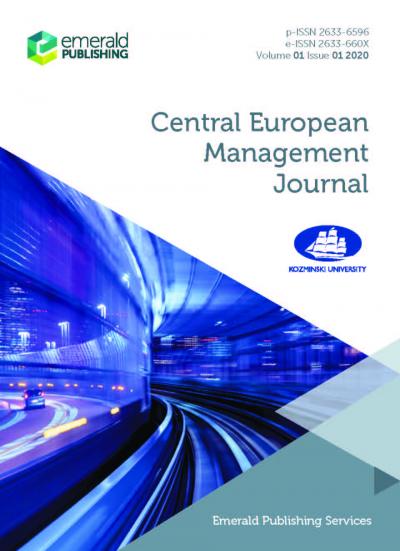Investigating the Antecedents of Purchase Intention Toward Local Dairy Products: An Empirical Study Based on the SOR Model
Nadjim Mkedder
Anadolu University
Mahmut Bakır
Samsun University
Abdelheq Lachachi
University of Tlemcen
12/2021 29 (4) Central European Management Journal
DOI 10.7206/cemj.2658-0845.62








